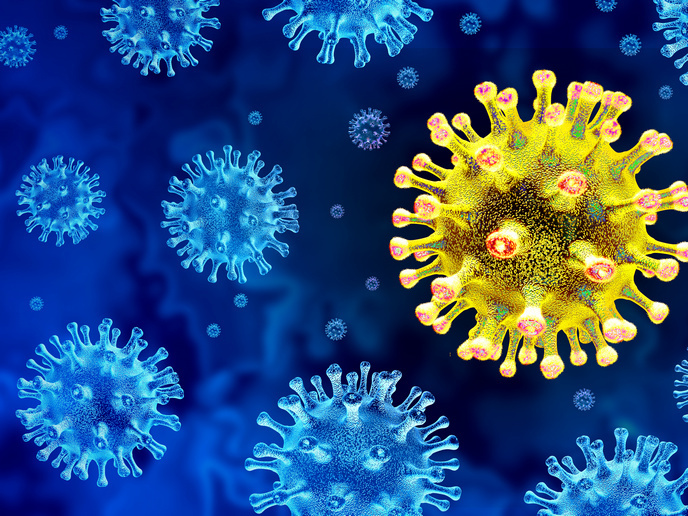A new platform to exchange genetic ideas
There are numerous types of chromosomal abnormalities and finding out information about them is not always easy. ECARUCA was set up to remedy this by creating a database that be used by both experts and members of the public to access cytogenetic and medical data on rare (sub)microscopic chromosomal abnormalities. Registered users are able to use the database as an information exchange with access to different research platforms. The objectives of ECARUCA were to collect enough data for both experts and patients and their families to find out information about specific types of chromosomal abnormalities. This also serves to facilitate new research across Europe. ECARUCA brought together cytogenetics researchers from all over Europe and promoted fresh research ideas and activities. Researchers with a specific interest were invited to moderate a related website. Although the project has now ended, the database is still leading to new European-wide research collaborations and fresh information about the origins and behaviour of chromosomal aberrations. Seven European research groups, including groups from Sweden, the UK and the Netherlands, came together under ECARUCA and their research results are available to the database's members. The ECARUCA database is constantly expanding with the inclusion of cases submitted by account holders (there were over 200 cases in 2005) and the publication of different research platforms. All cases submitted to the database receive a unique identification number and all related data is linked to that number. The database consists of two sections. One of them is public pages that can be accessed by anyone and include general information - such as project objectives and downloadable information available in different European languages. Restricted pages however can only be accessed by account holders. Recently an updated version of the website has been launched with improvements to several areas, including the submission and search facilities. The database currently has around 4,000 cases including over 1,000 unique aberrations.







